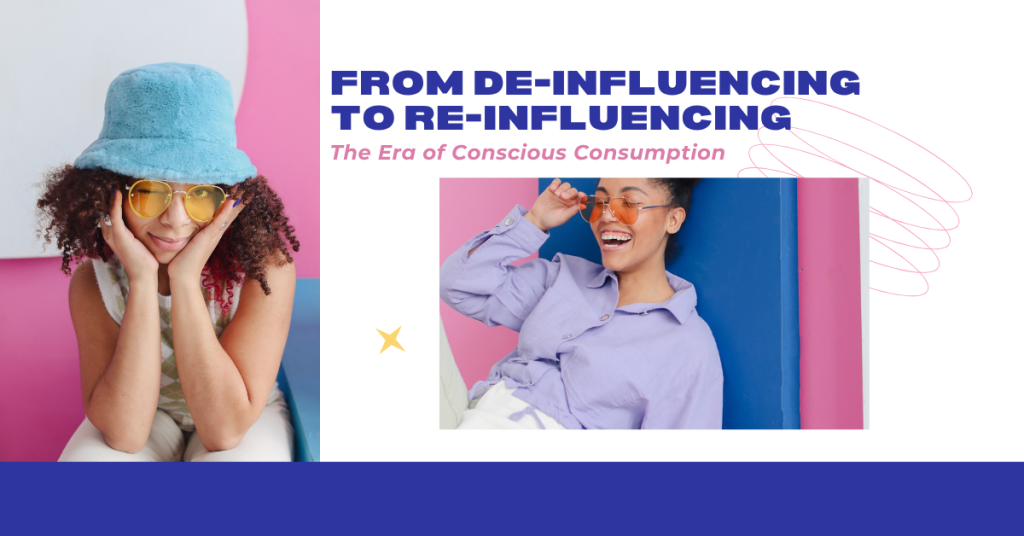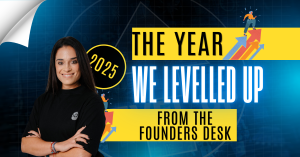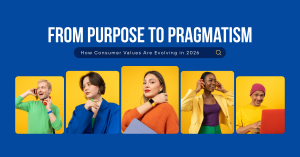The internet moves fast, but cultural shifts move faster. Not long ago, “de-influencing” became one of the most talked-about trends on TikTok, a movement where creators urged followers not to buy viral products, exposed overhyped brands, and challenged the constant pressure to consume. It was a quiet rebellion in an industry built on endless promotion. But what began as a reaction to overconsumption has since evolved into something more layered, a new phase we can call “re-influencing.This shift reveals an important truth: people don’t necessarily want less influence, they want better influence.
The De-Influencing Moment
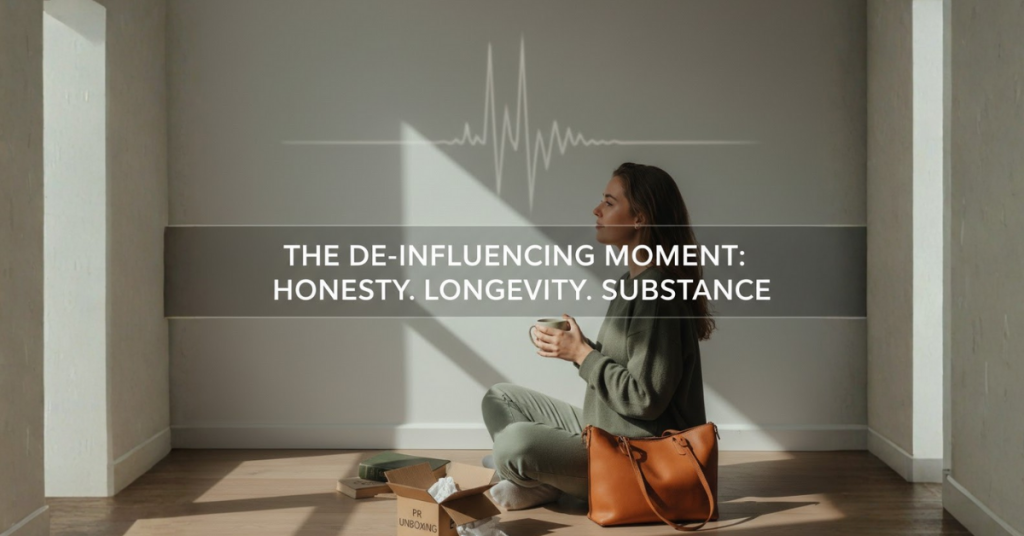
The rise of de-influencing was a symptom of consumer fatigue. After years of being sold the next “must-have,” audiences began pushing back. They wanted honesty, longevity, and substance. They were tired of seeing creators promote every new product, every trend, and every drop with the same enthusiasm. In response, many influencers began re-evaluating their own role, questioning whether influence had become synonymous with overconsumption.
For marketers, this moment was both a challenge and an opportunity. It signaled a shift in the power dynamic between brands, creators, and audiences. People no longer responded to surface-level aspiration or aesthetics. They wanted transparency and trust, a sense that what they were being shown actually held value beyond the algorithm.
The Shift to Re-Influencing
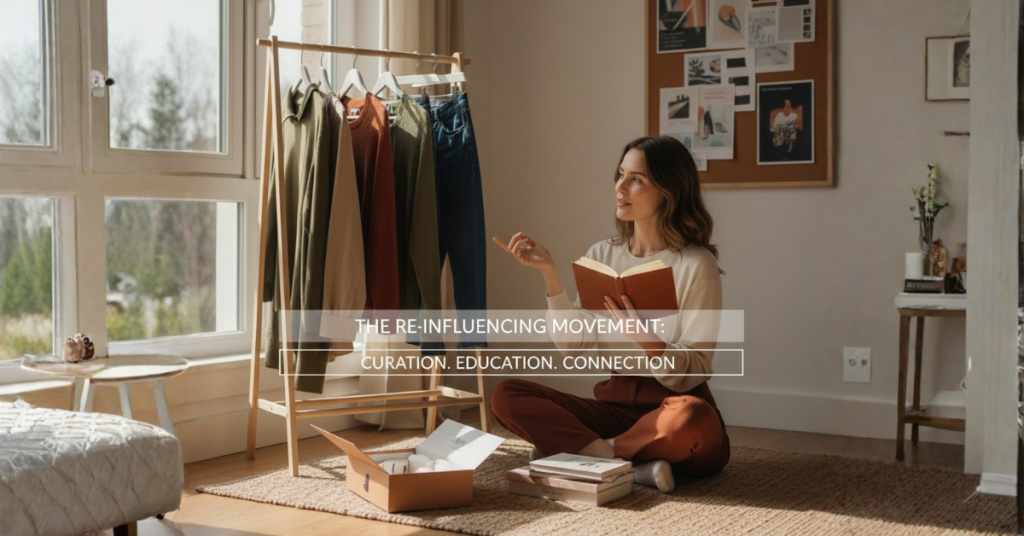
Re-influencing emerged as the natural next step, a recalibration rather than a rejection. It’s not about abandoning influence, but redefining it. Instead of encouraging endless consumption, creators are now reframing their platforms as spaces for curation, education, and reflection. The conversation has moved from “you need this” to “here’s what’s worth it,” “how to restyle what you already own,” or “why this product has lasting value.”
For brands, this evolution changes the entire equation. Influence is no longer about frequency of exposure but depth of connection. It’s about intention, not impulse. The most successful collaborations are those that align with shared values, sustainability, creativity, or authenticity and feel meaningful within a larger cultural context.
In beauty, fashion, and lifestyle, we’re seeing creators partner with brands for smaller, purpose-driven projects: capsule collections that tell a story, products that promote conscious choices, and campaigns that focus on quality over quantity. The message has evolved from “buy this” to “believe in this.”
Aligning Brand And Creator Goals
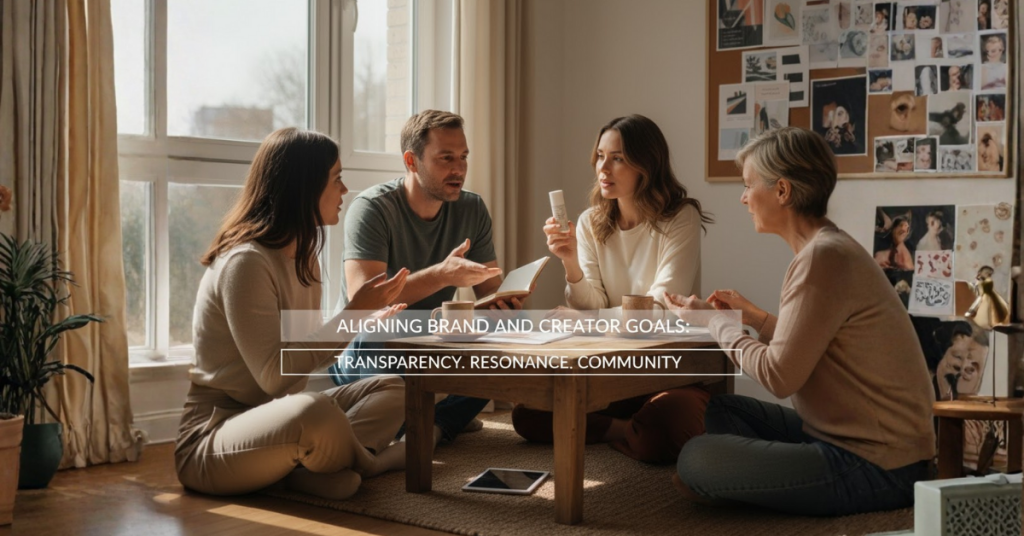
For brands, navigating this new landscape means prioritising transparency and emotional intelligence. Consumers can sense when a brand’s ethics don’t align with its message. Storytelling needs to feel human and lived-in, less polished, more personal. The focus should shift from transactional campaigns to long-term partnerships that build community and shared belief.
For influencers, this new phase is about refining their authority. Influence is no longer measured solely by reach, but by resonance, how deeply their content connects with an audience that’s more discerning than ever. The creators who thrive are those who can make people think, not just buy.
The Bigger Picture
De-influencing was never truly anti-influence, it was anti-excess. It forced the industry to reflect on what influence should mean in an age of overexposure. What’s emerging now is influence with intention, where authenticity, ethics, and cultural relevance lead the conversation.
For brands, it’s an invitation to tell richer, more meaningful stories. For creators, it’s a call to wield their platforms with purpose. And for consumers, it’s a reminder that influence, at its best, doesn’t pressure, it empowers. The era of re-influencing isn’t about doing less, it’s about doing better.

